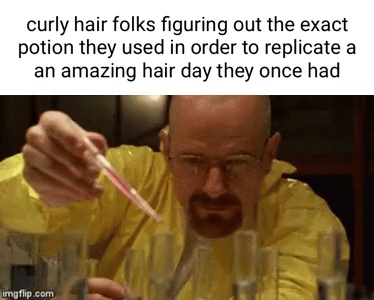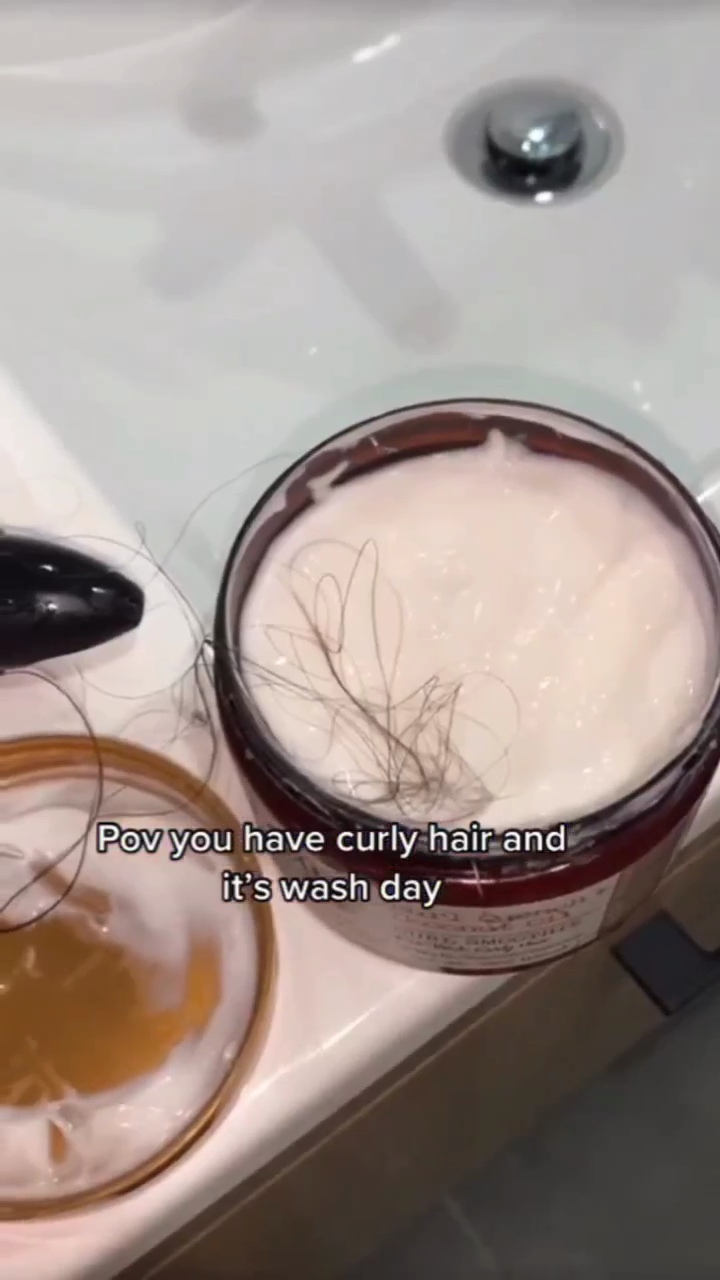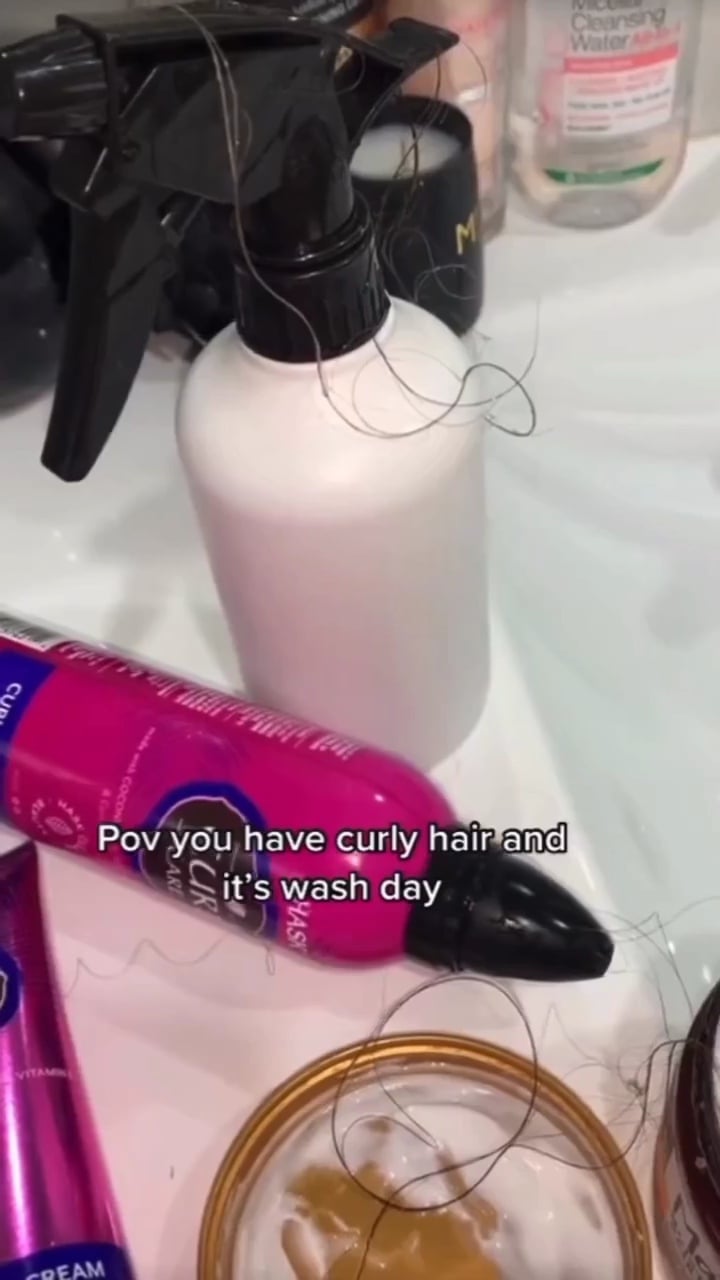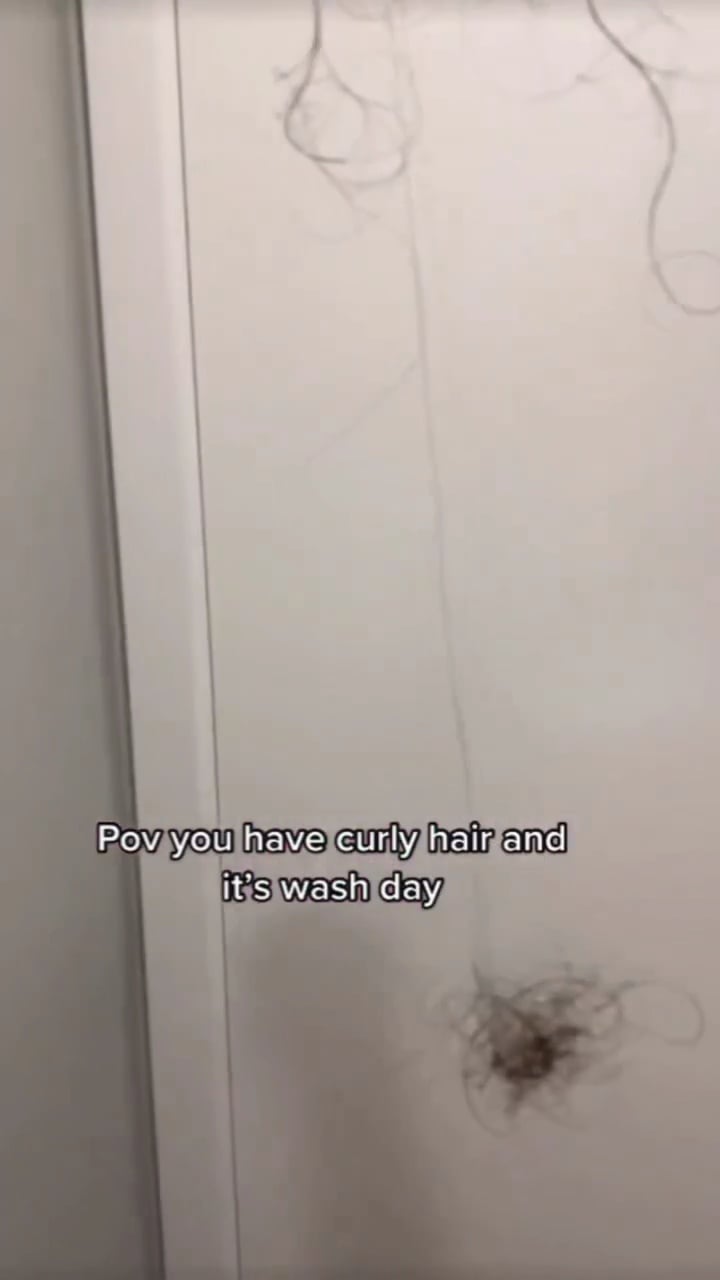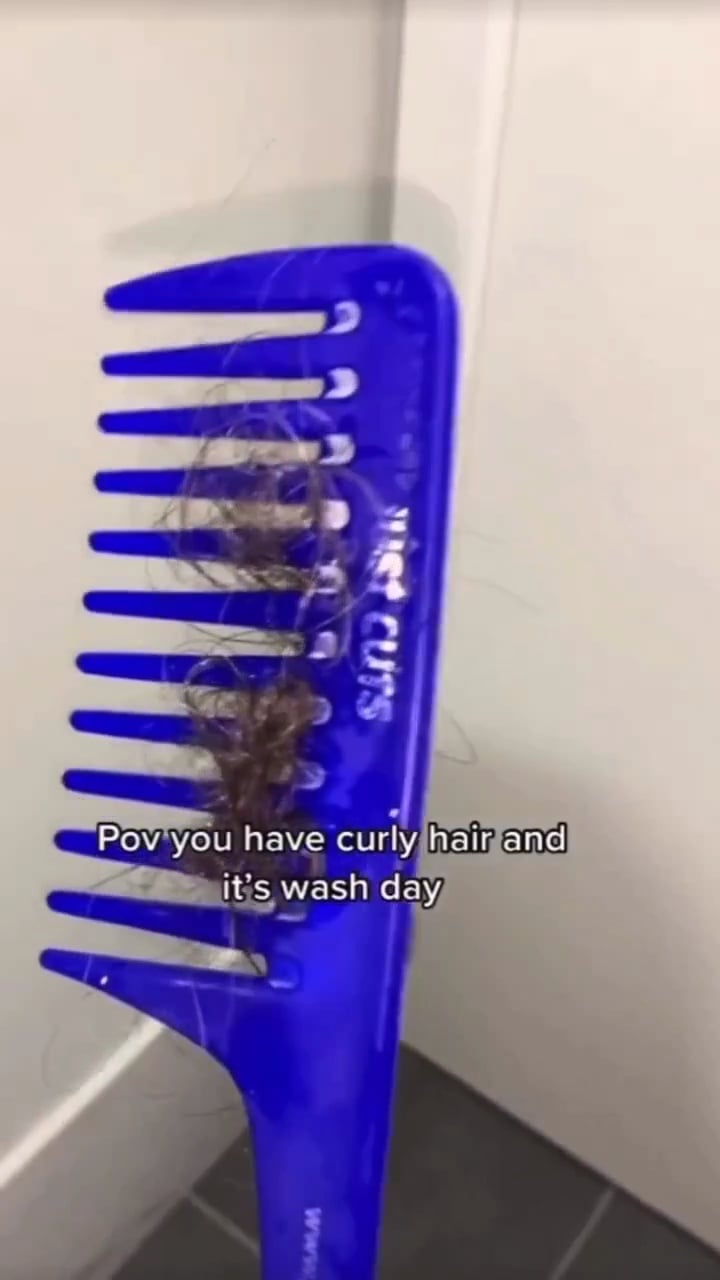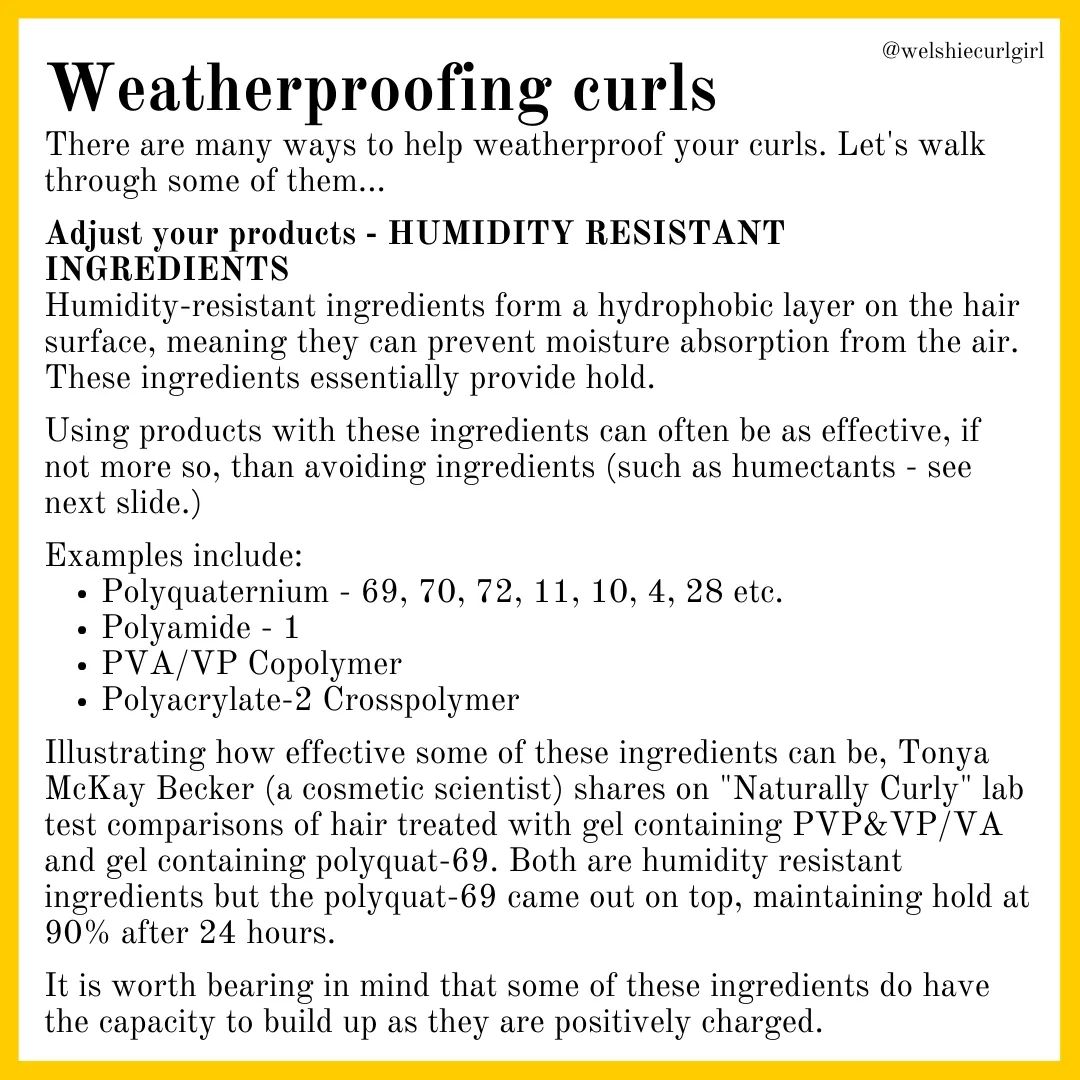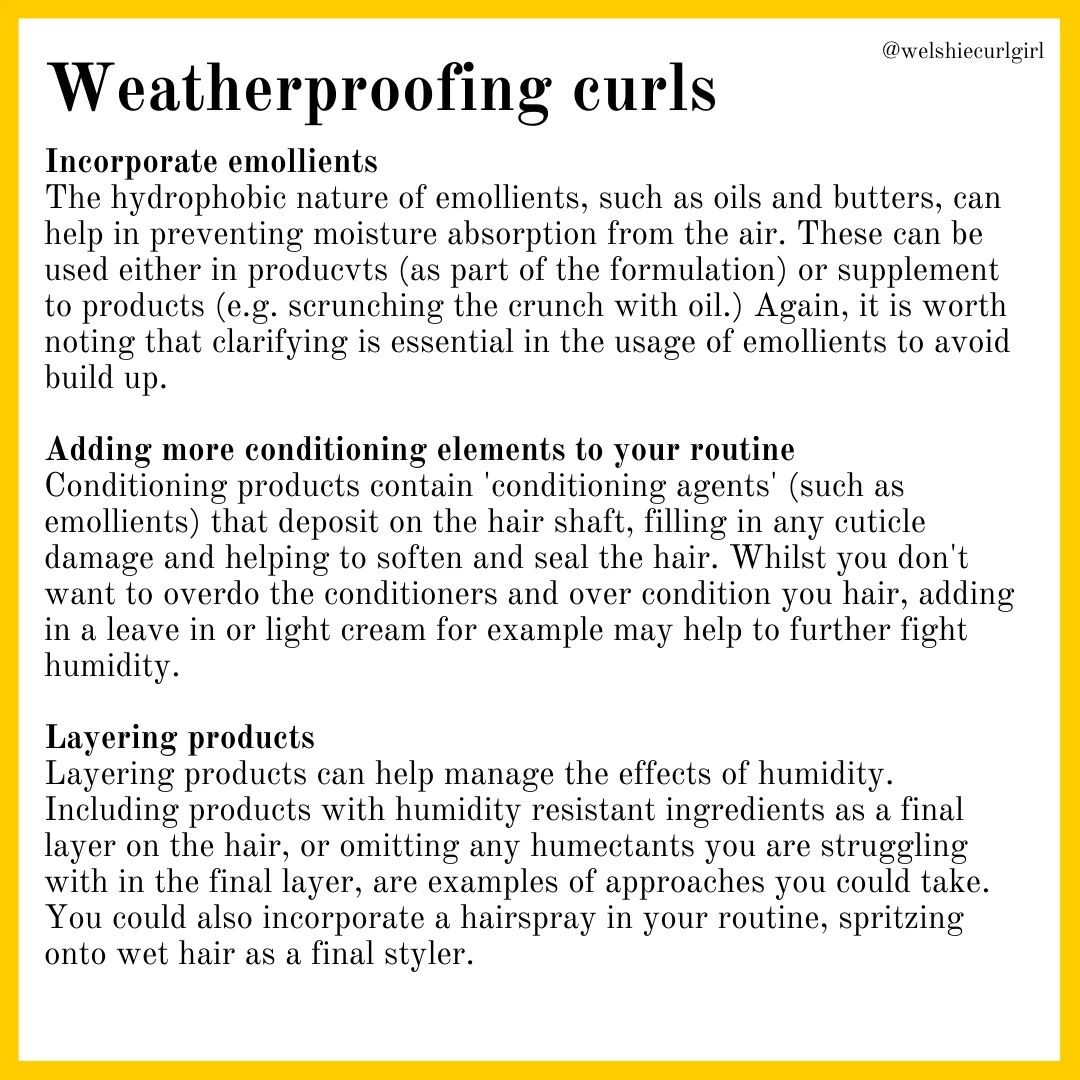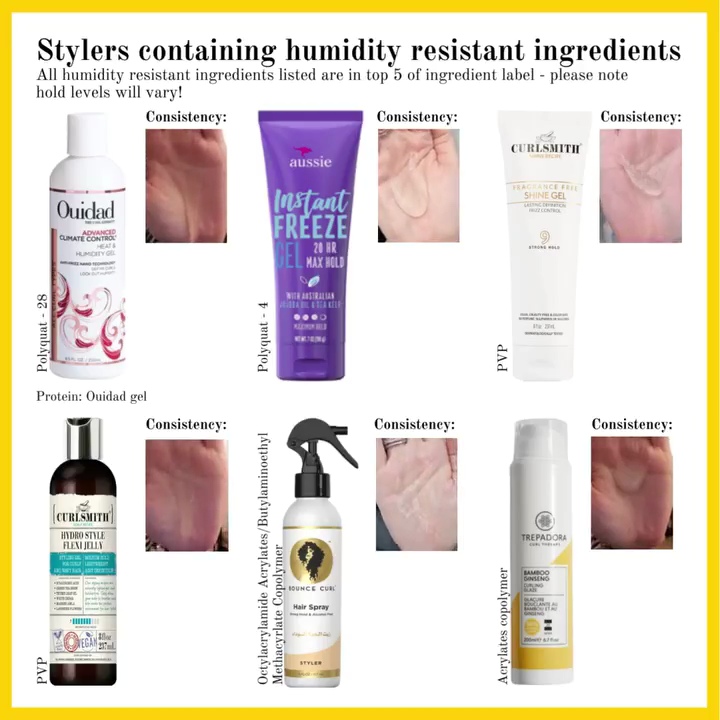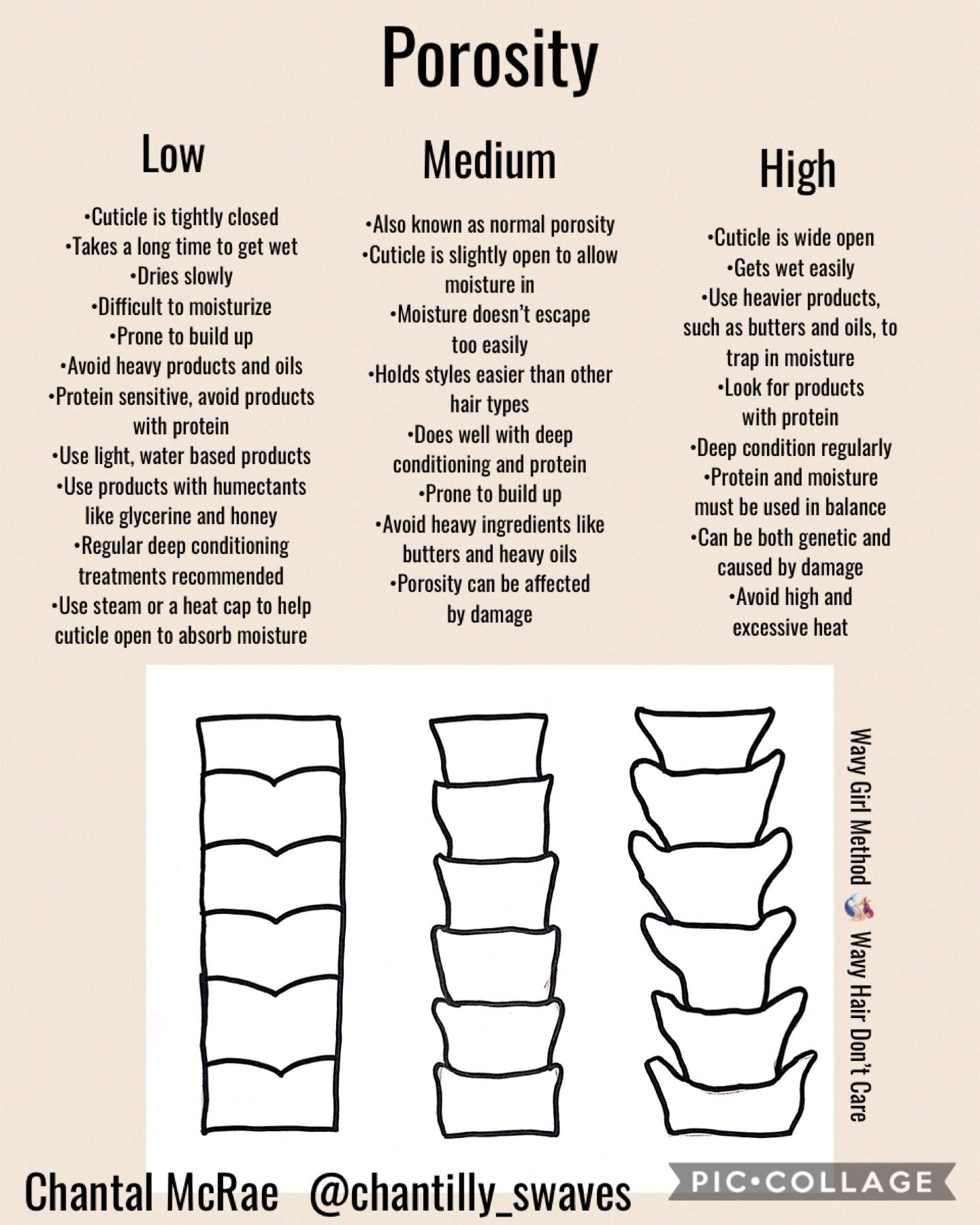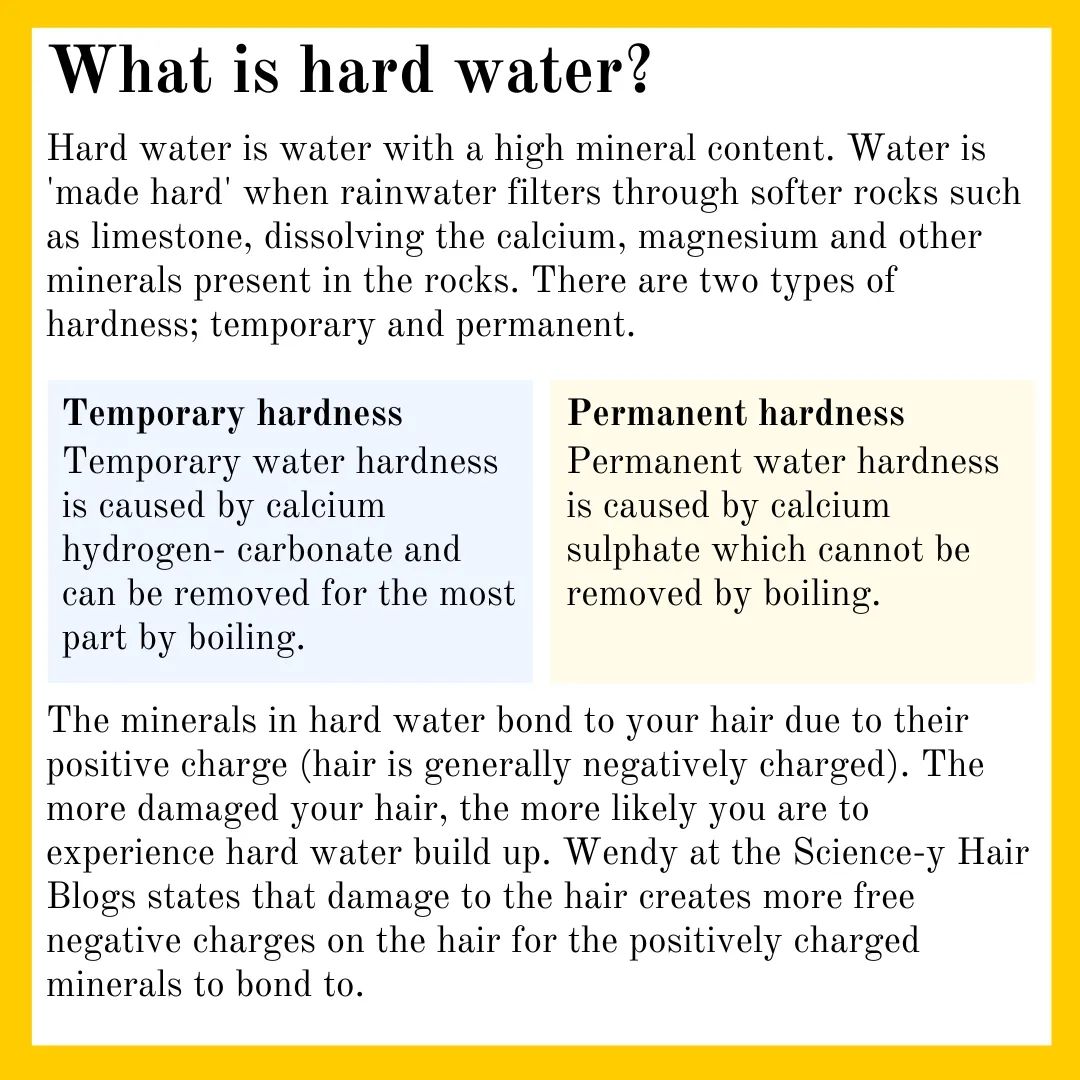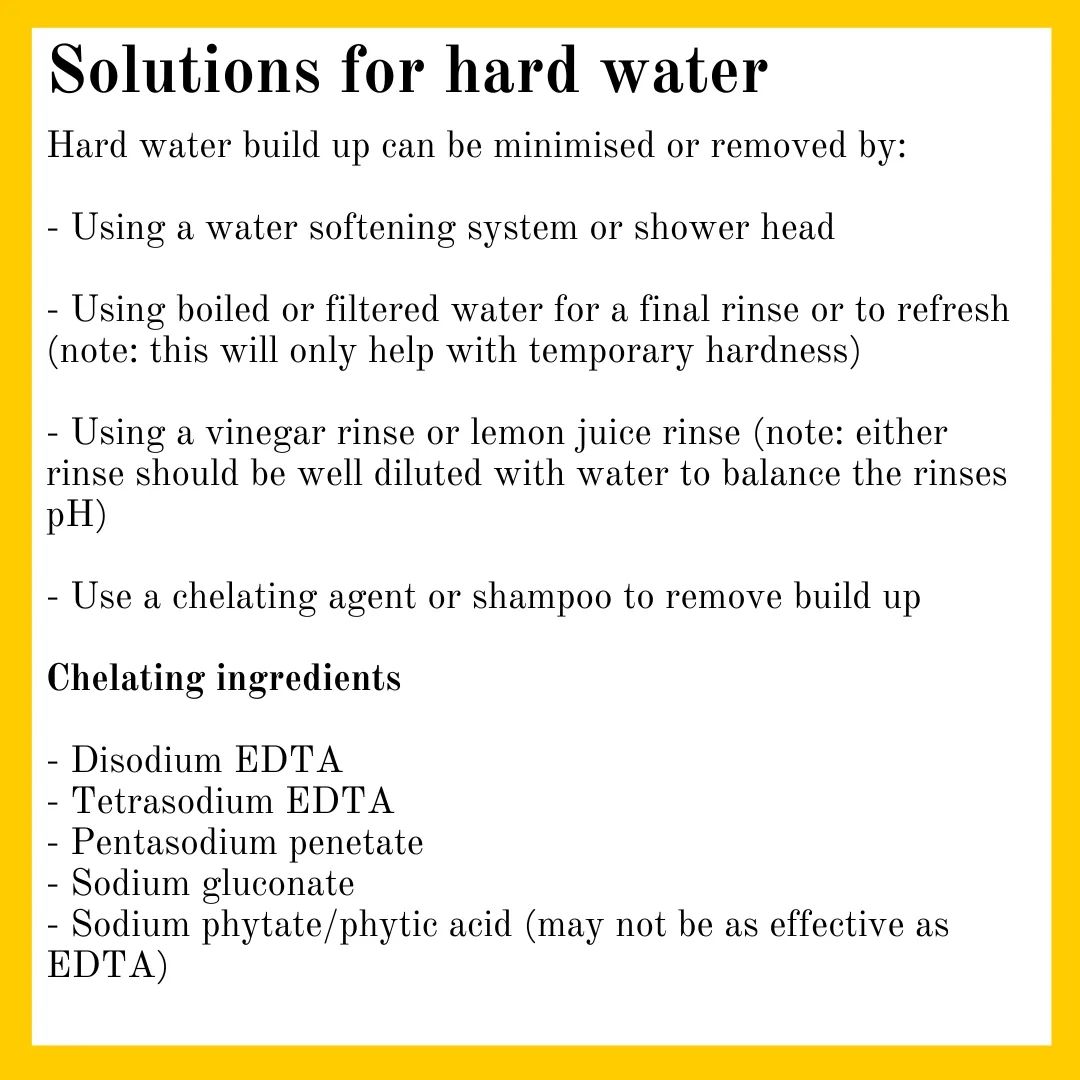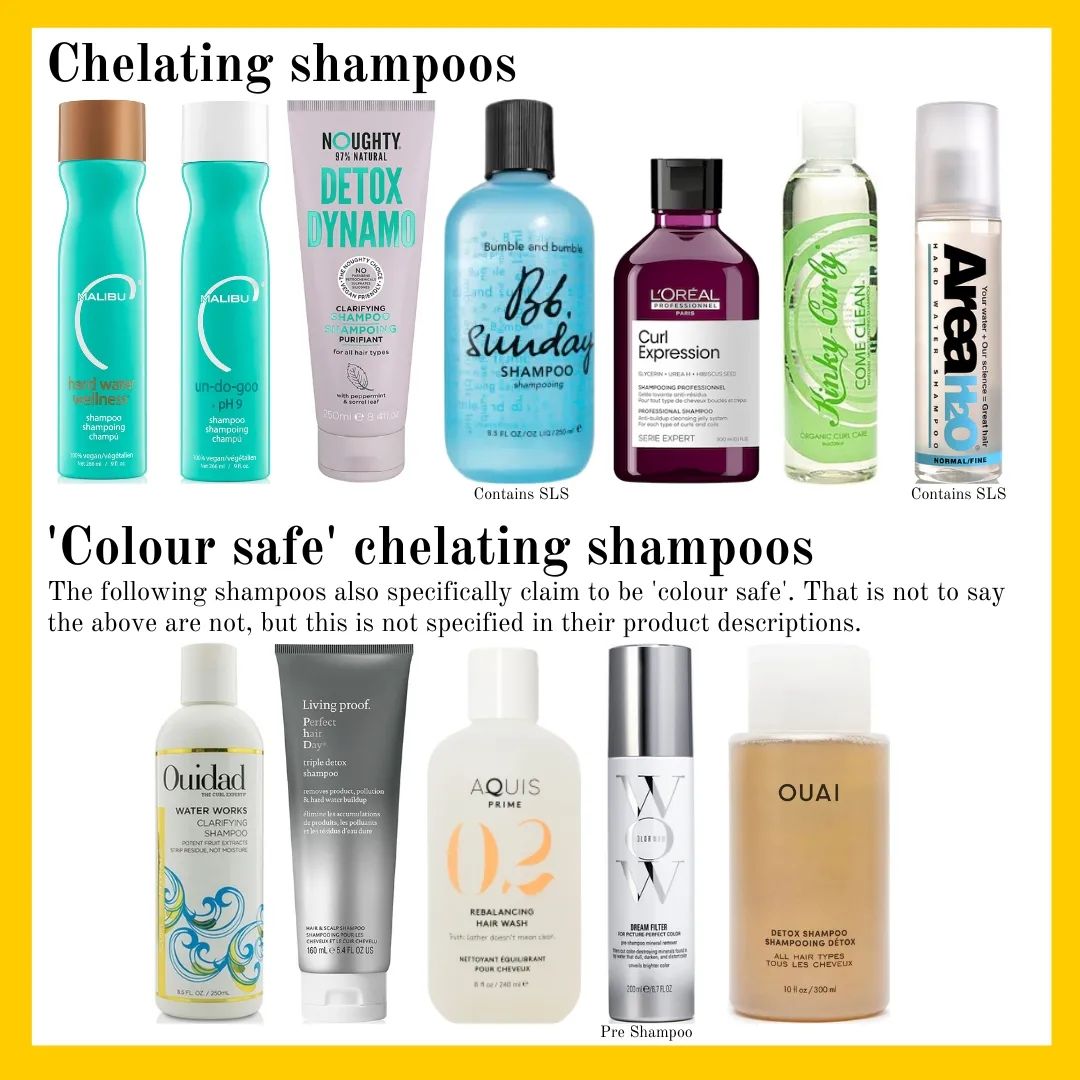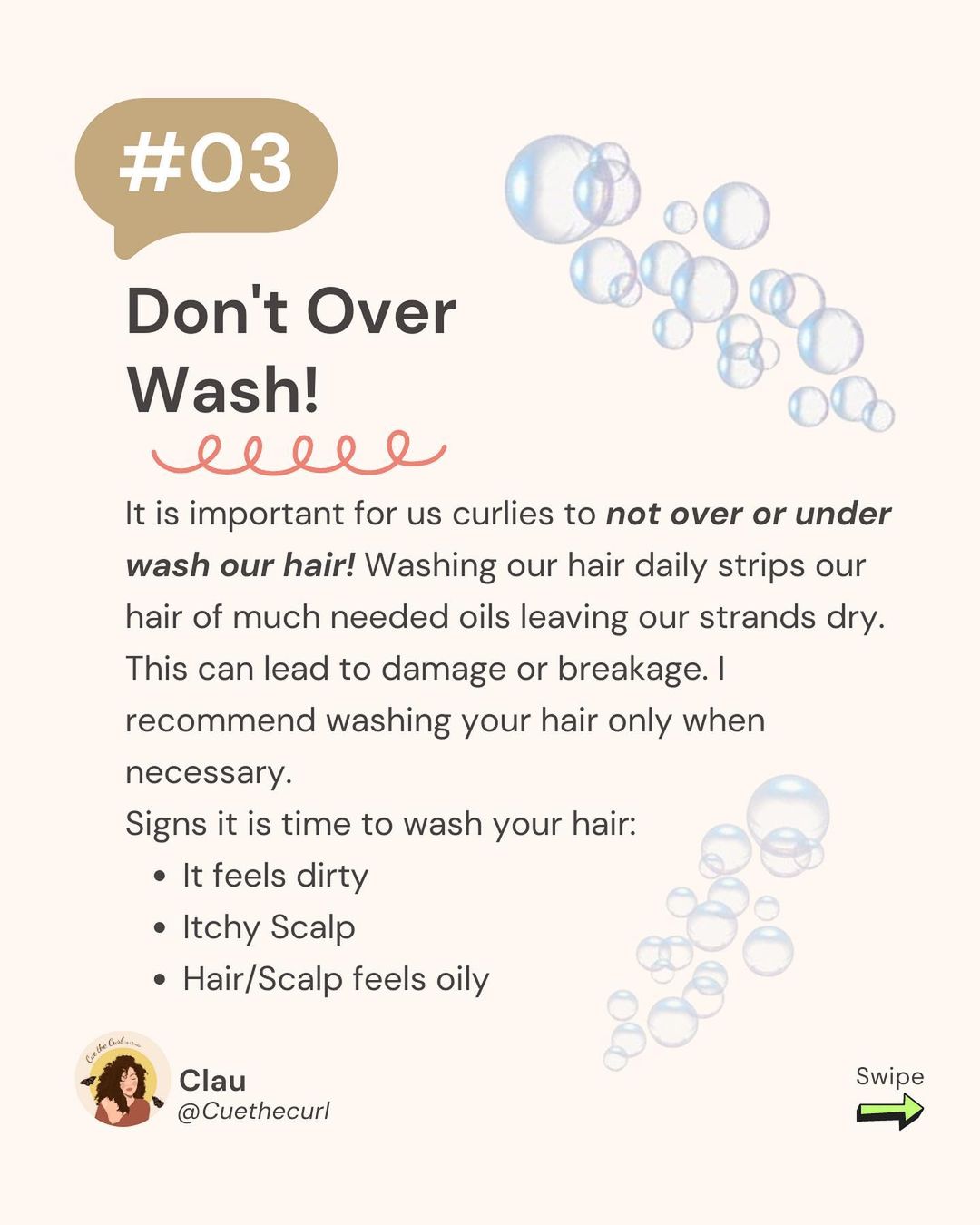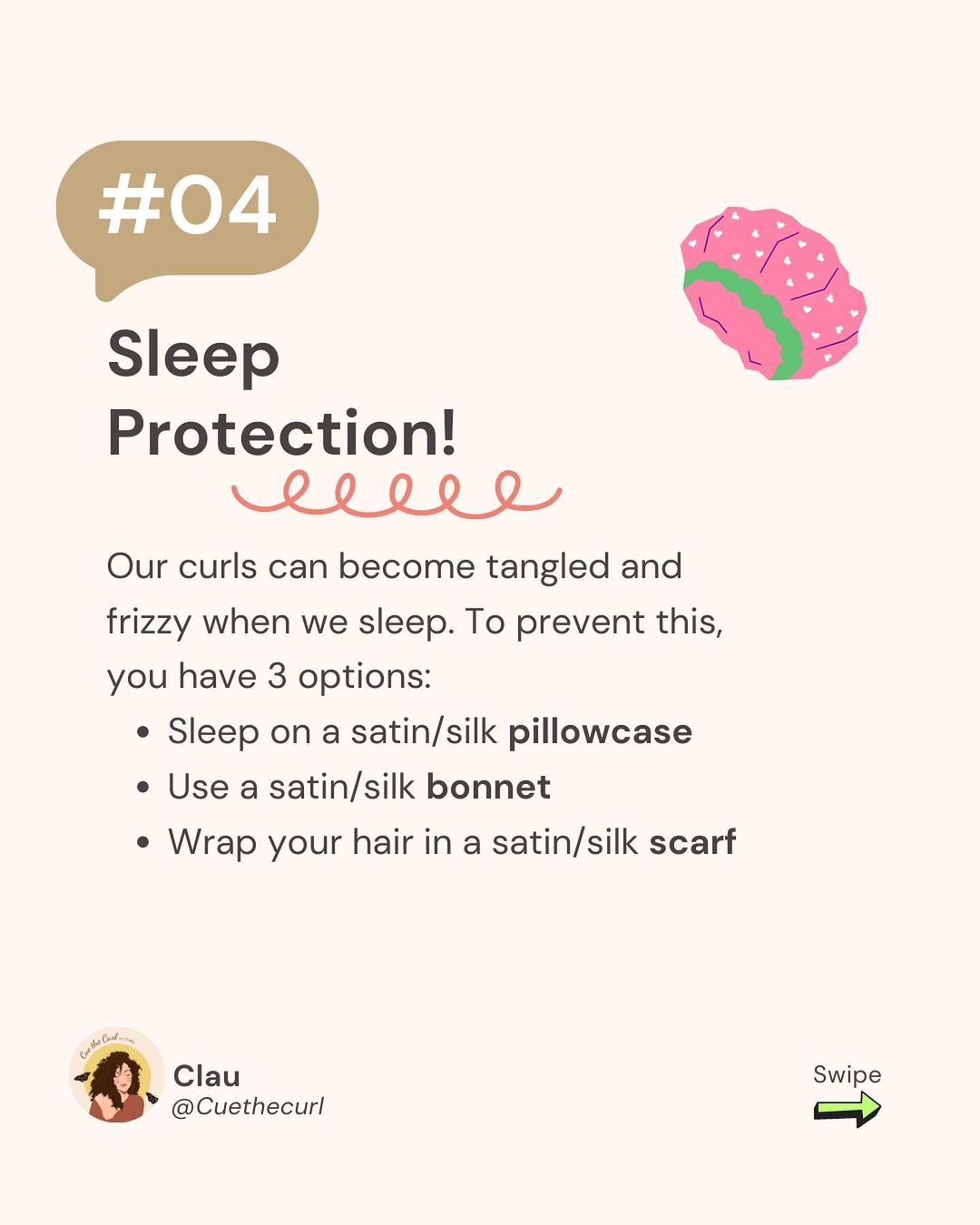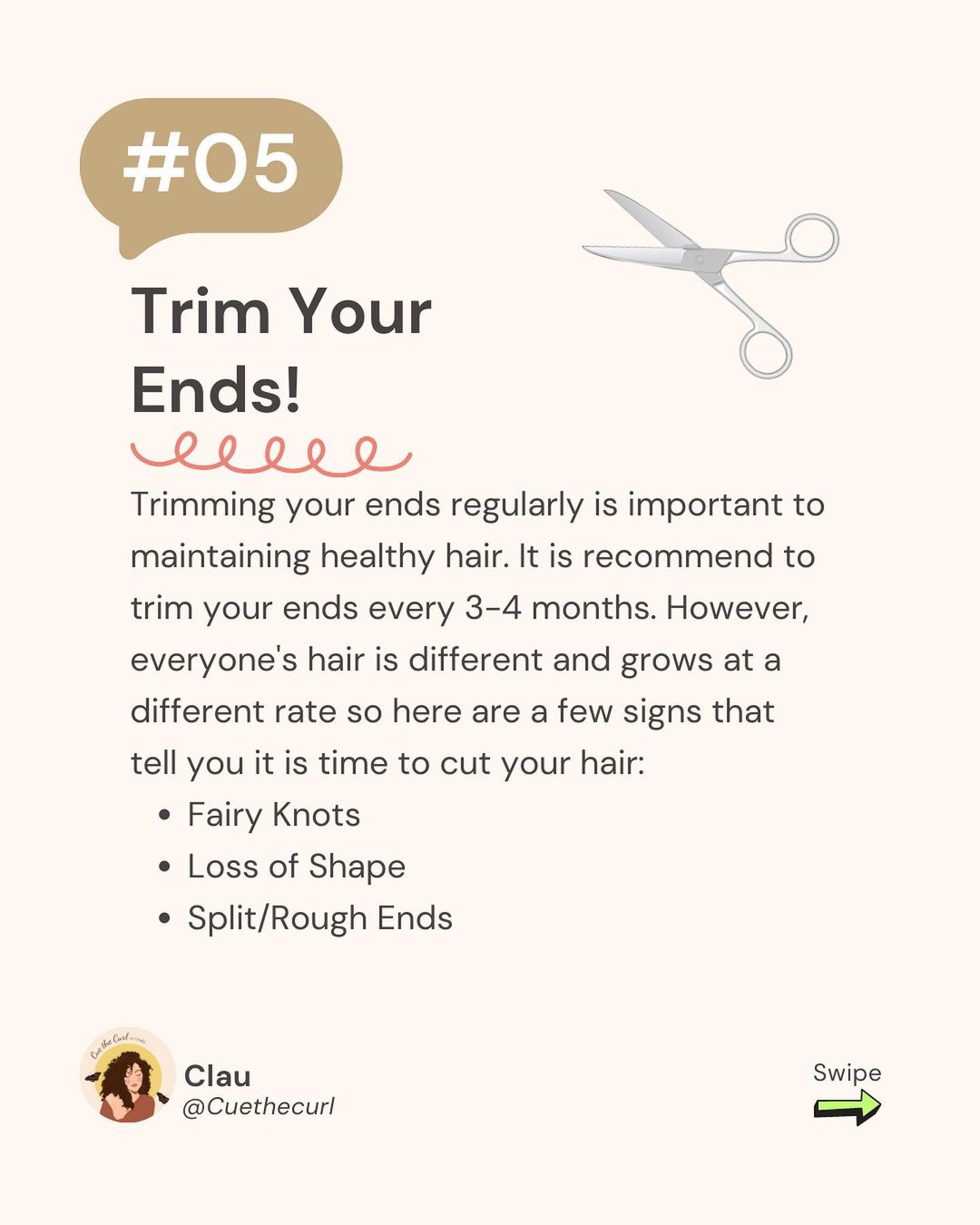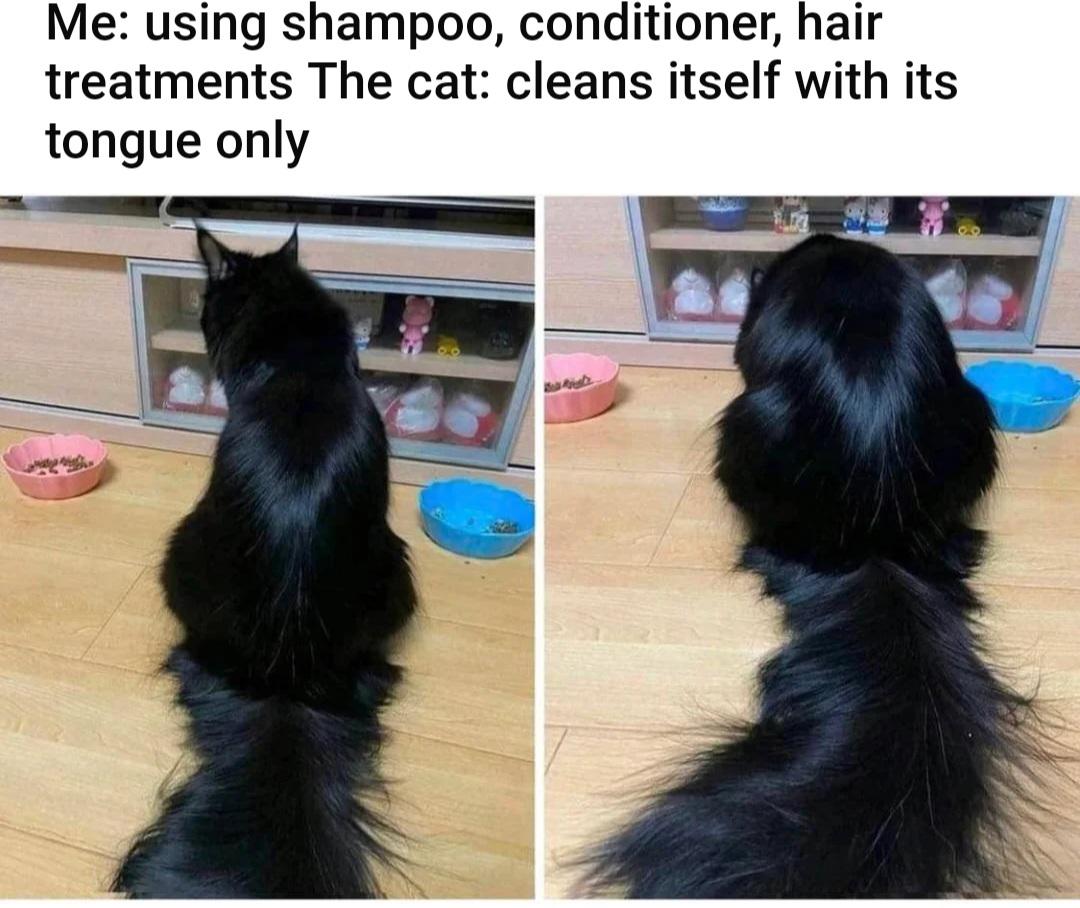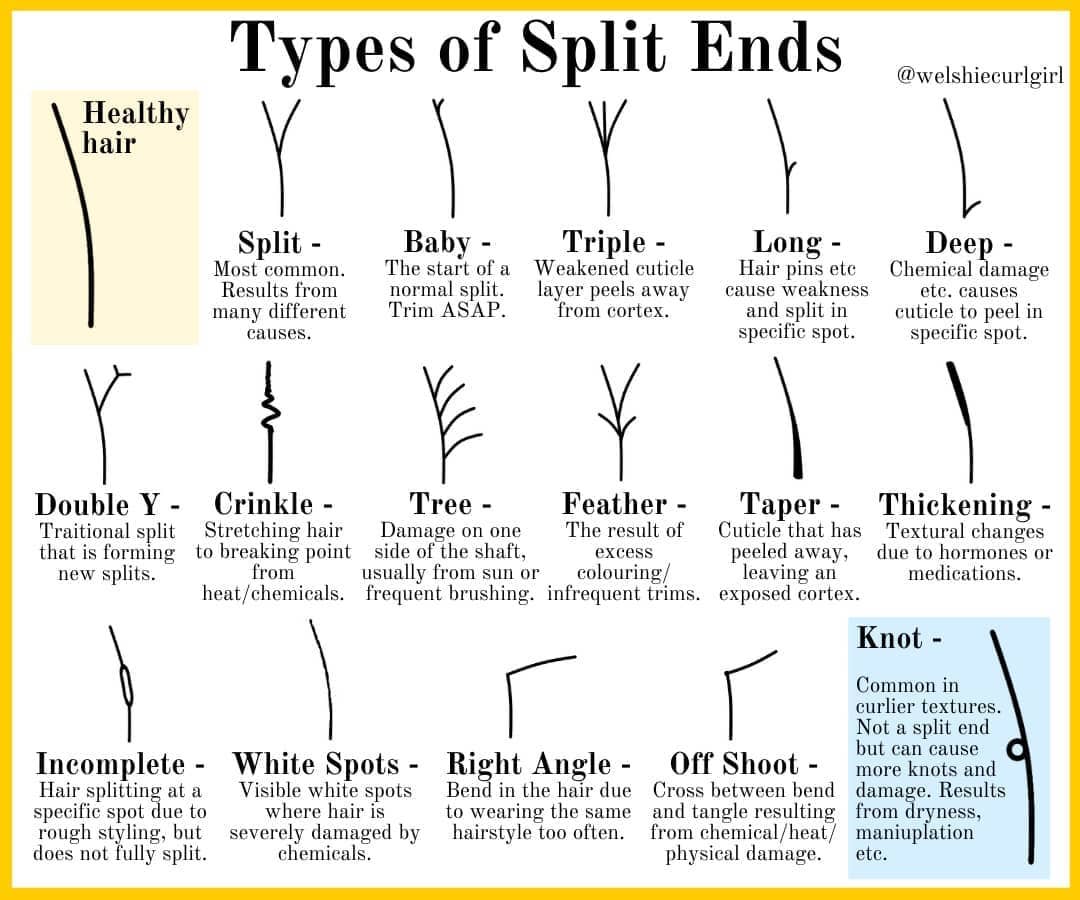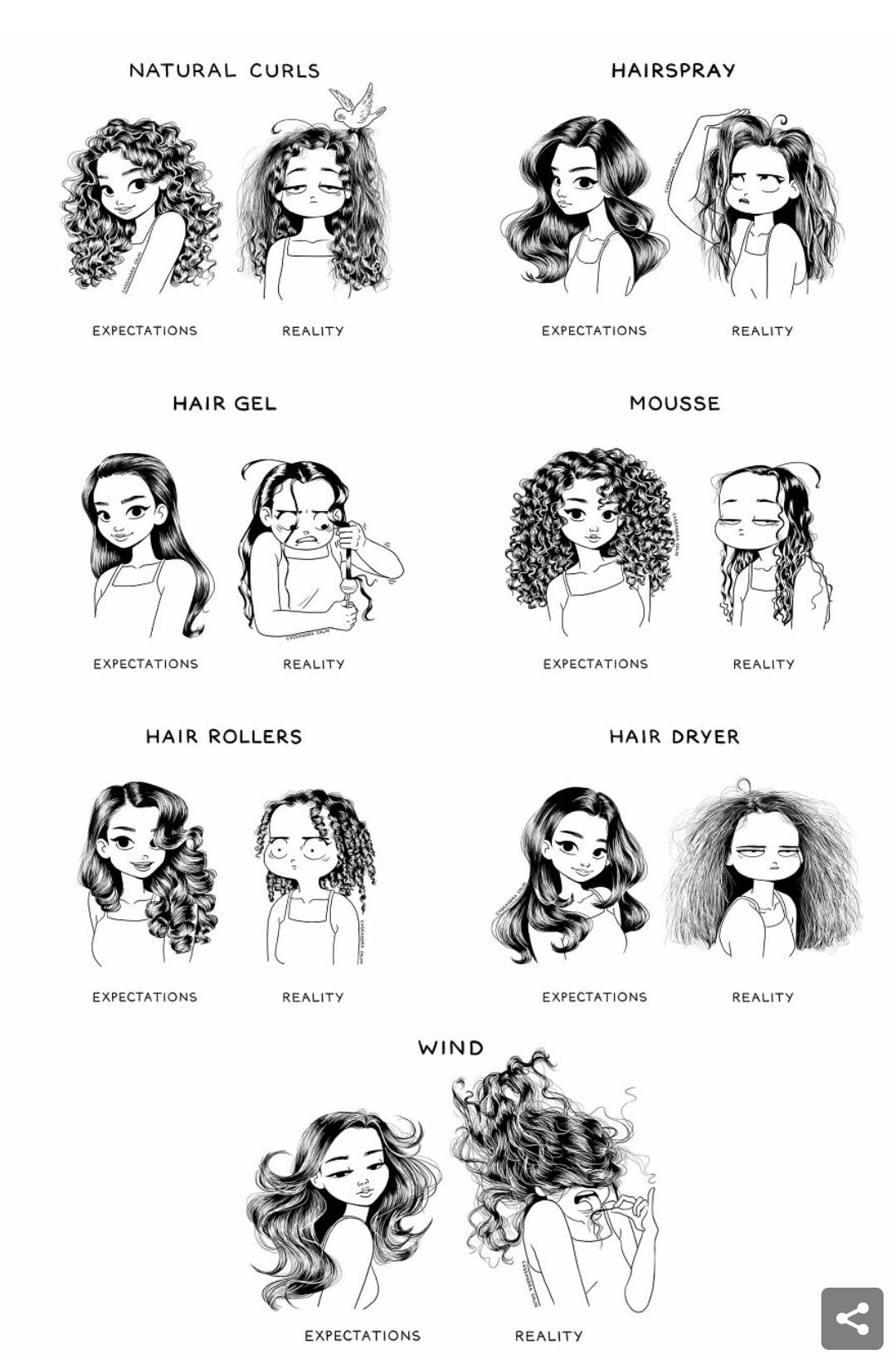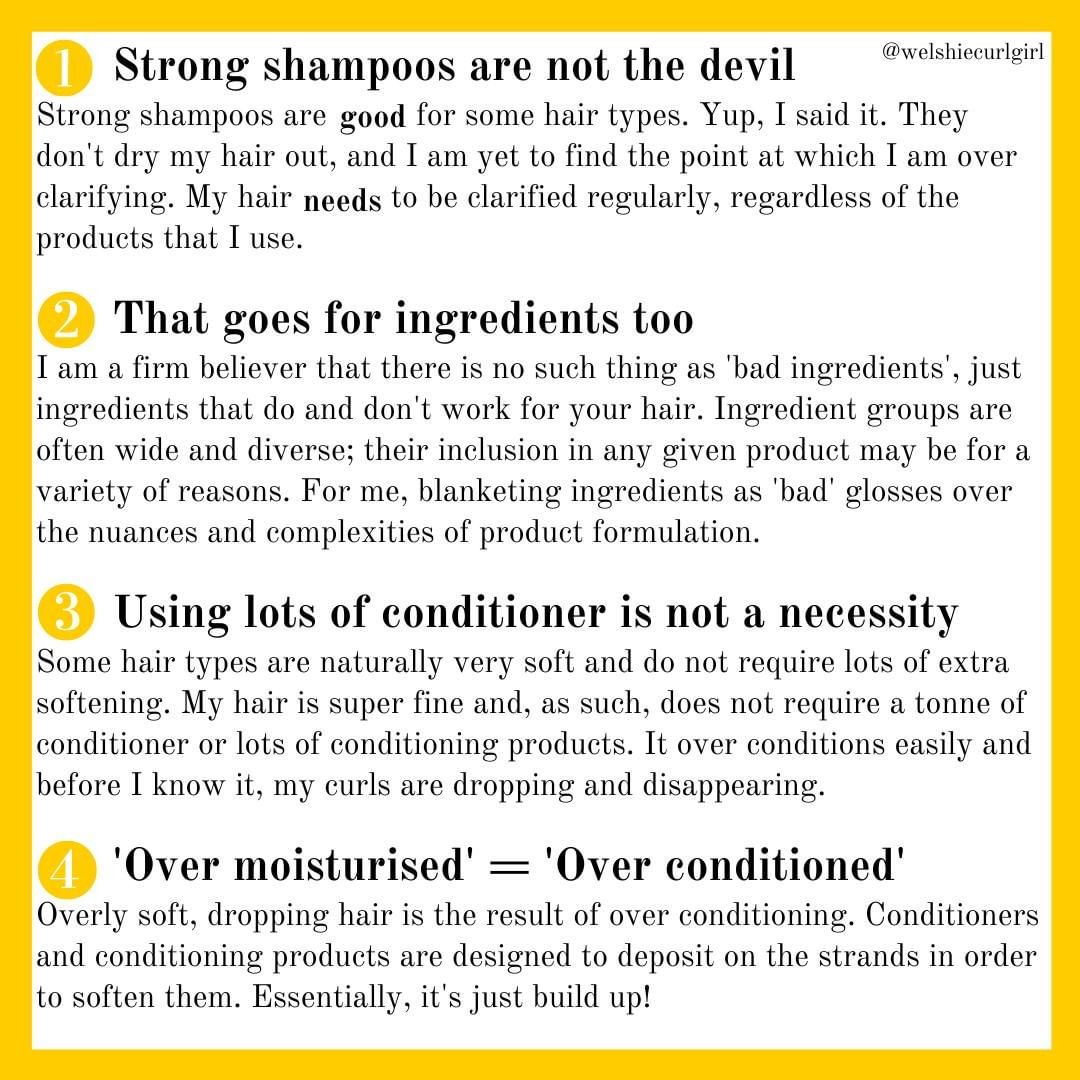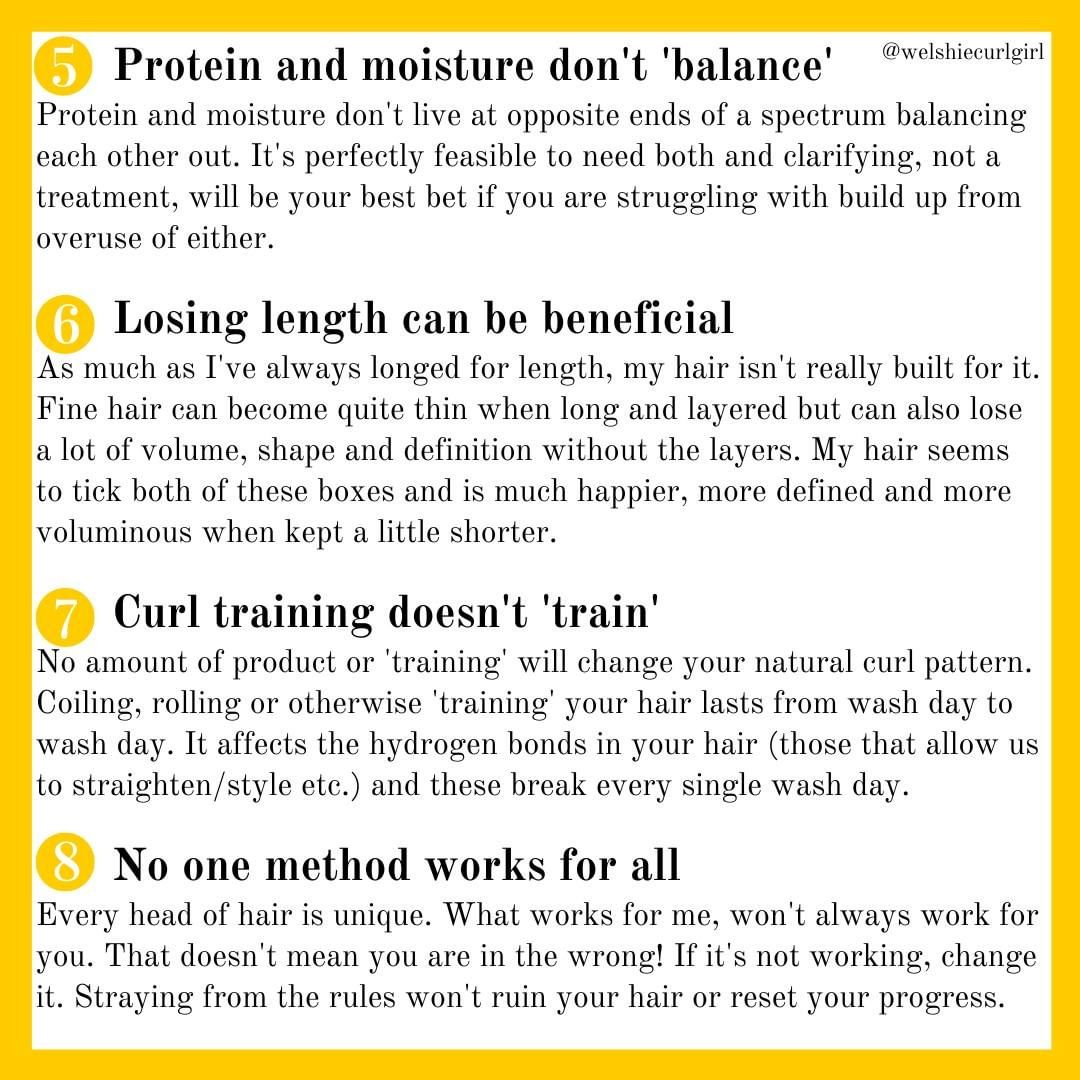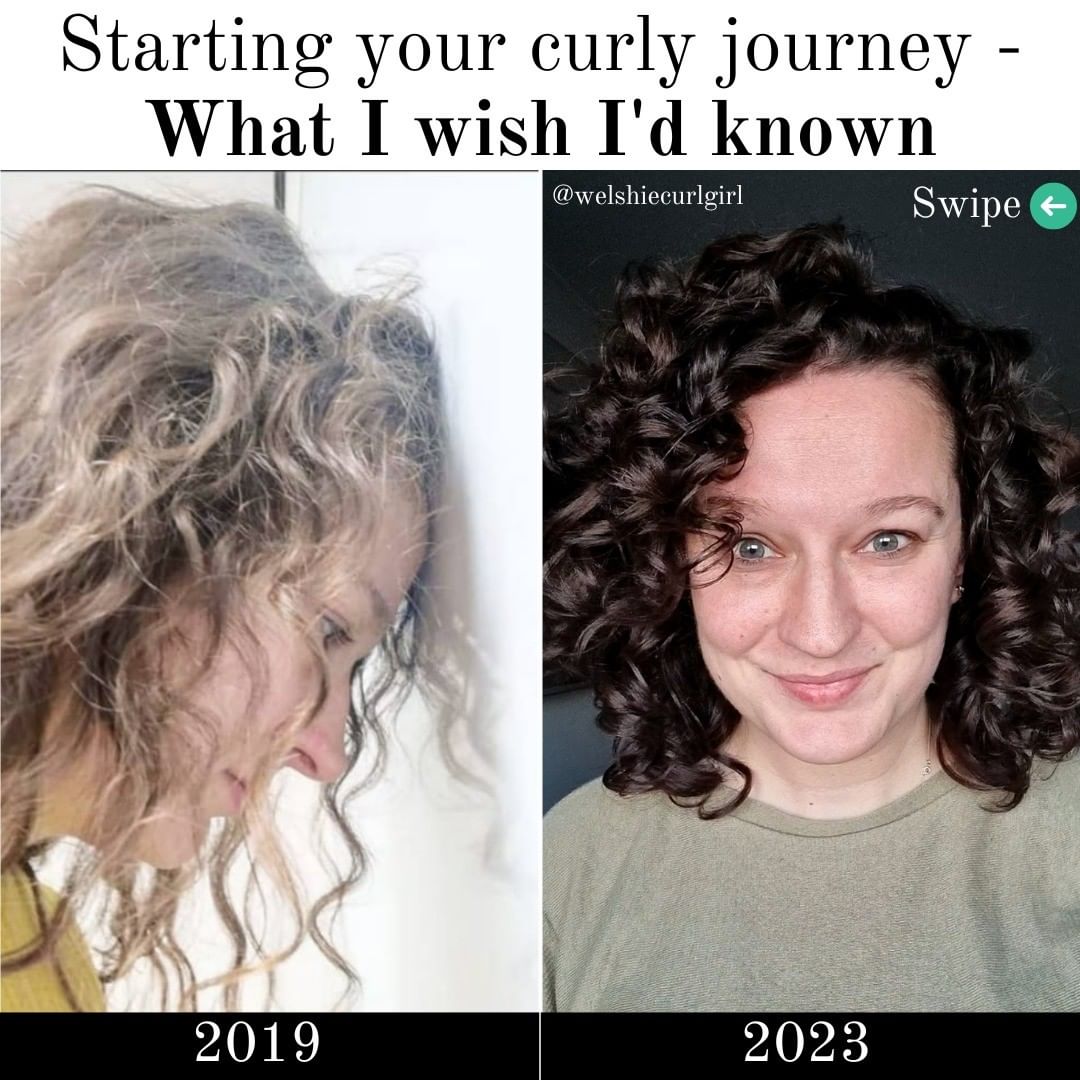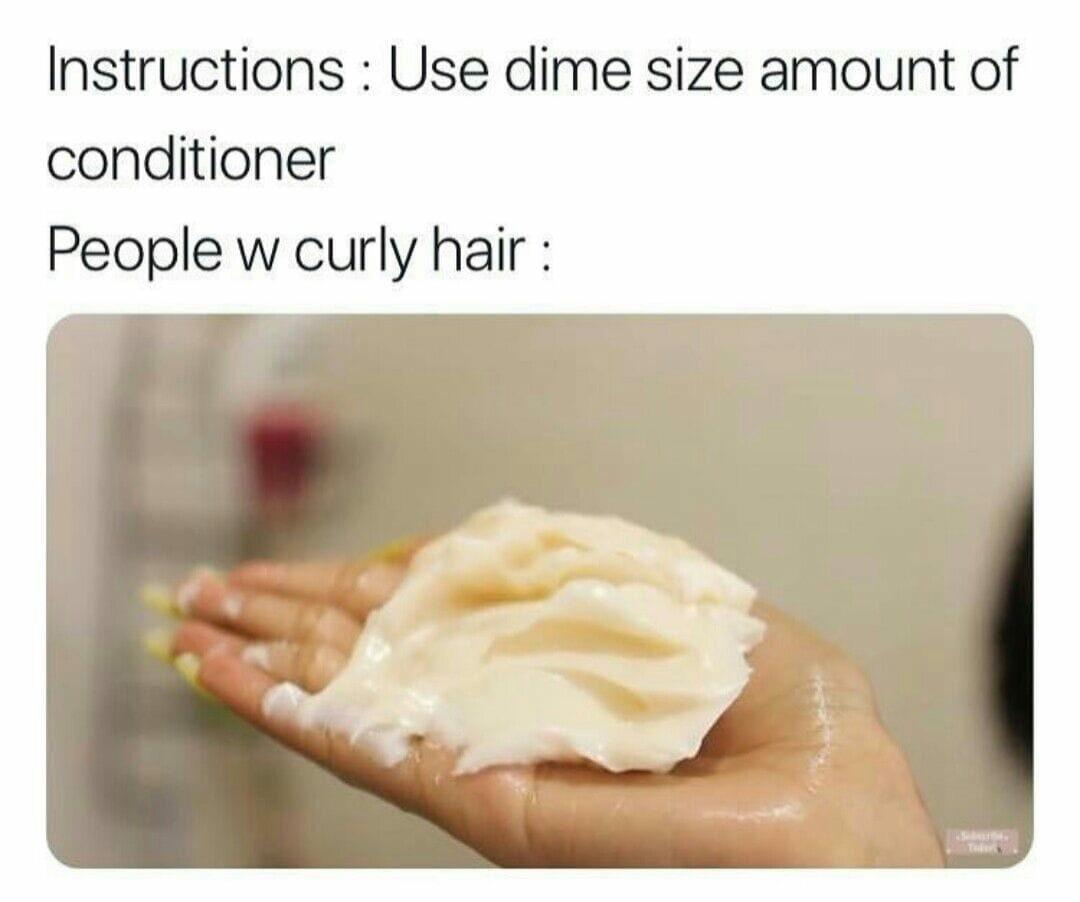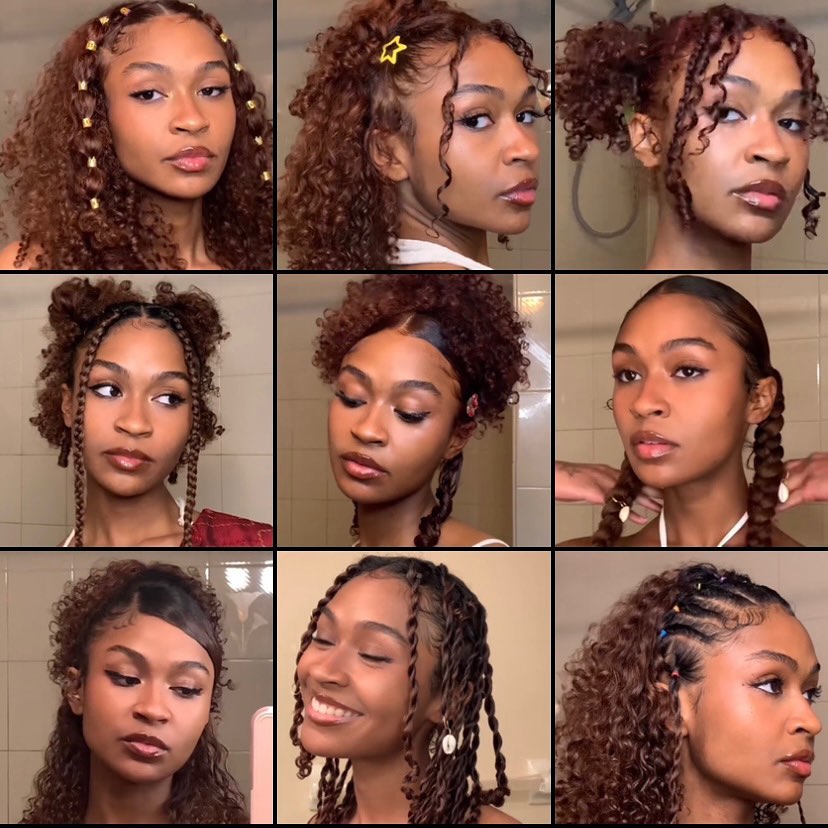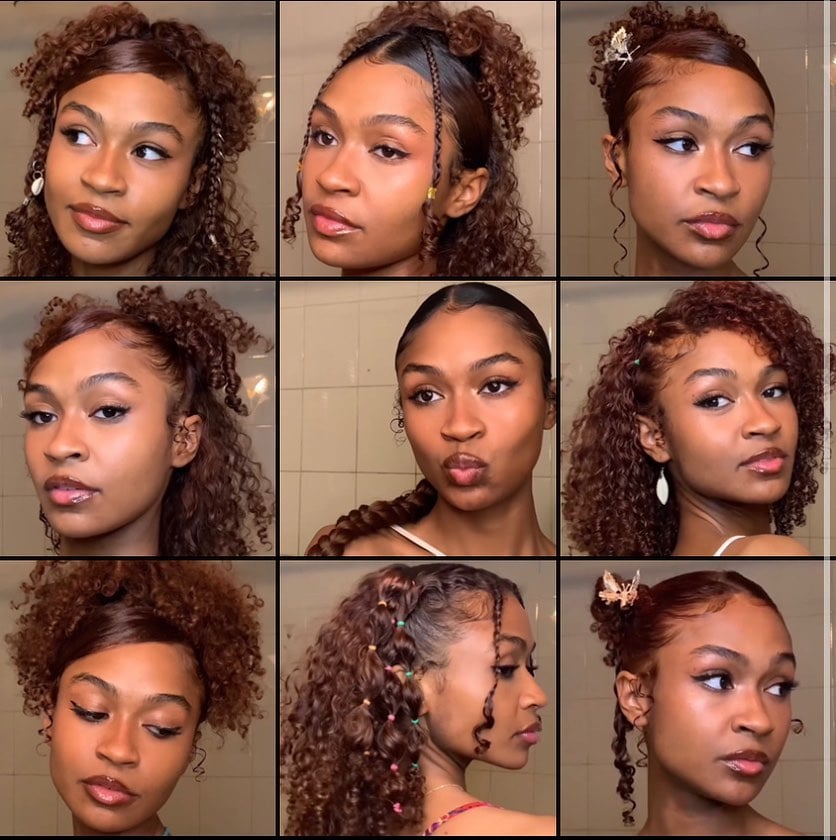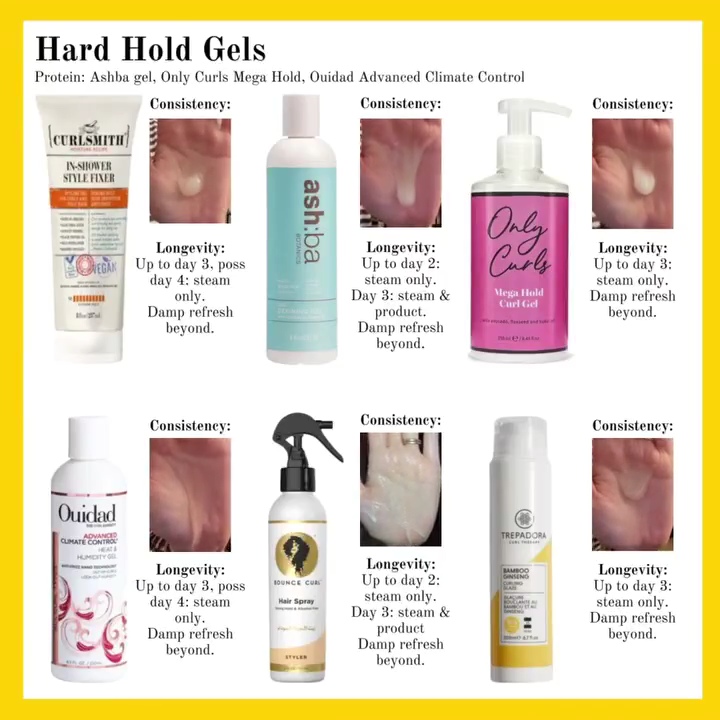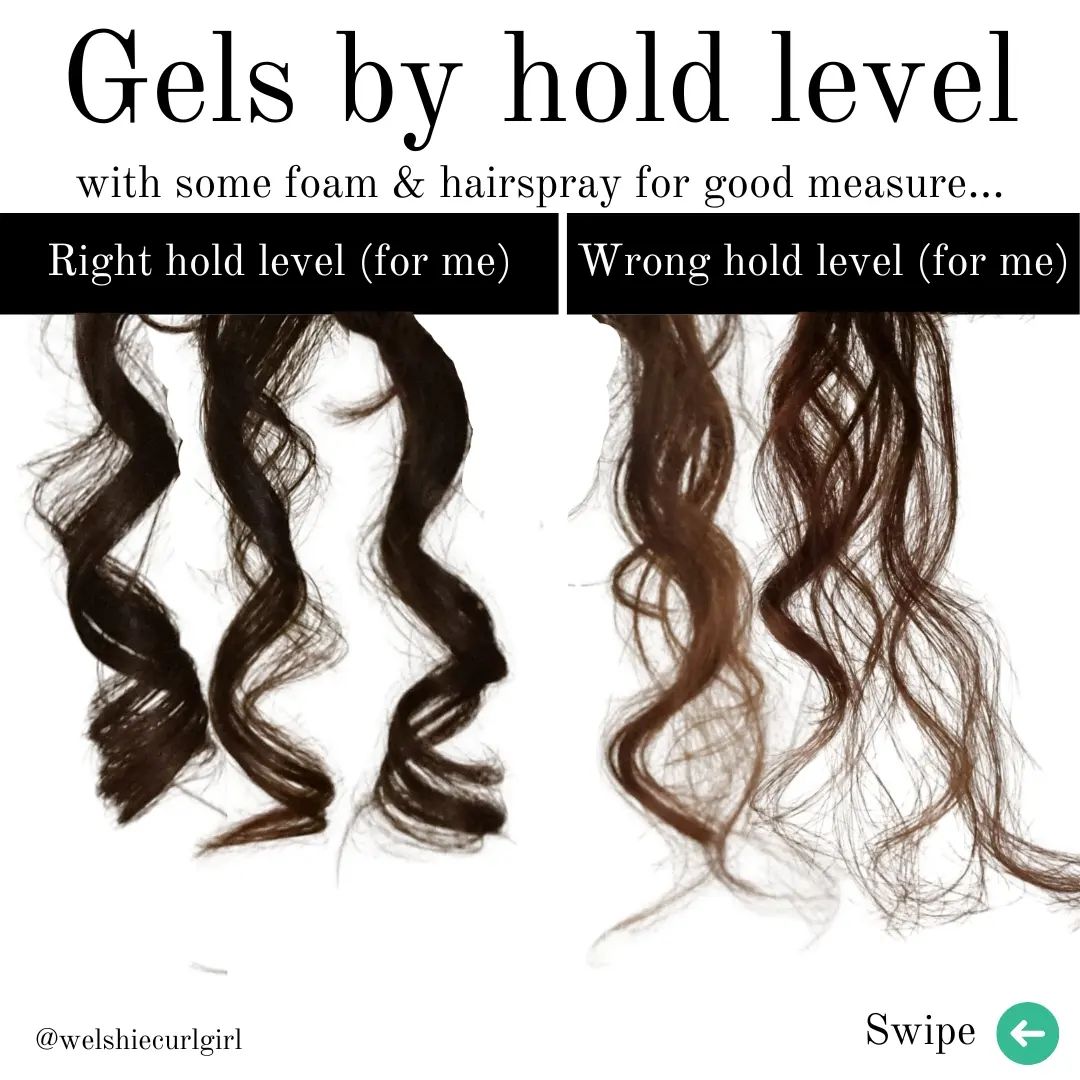- Scrape test will show you all the buildup on your hair
Premise: scraping hair with scissors will show if there is "buildup" on the hair from silicone.
Experiment: wash two samples of hair twice each with a clarifying shampoo and use a conditioner with silicone on one sample and nothing to the other. Both strands were then scraped with scissors.
Result: lots of white residue came off the silicone treated hair and the sample with no conditioner.
The white residue is actually your cuticles being shredded and this act is super damaging to your strands.
- Drug store products buildup on hair, premium products don't
All conditioning products leave something behind to plug up the gaps and weaker spots in hair. Hair gets damaged everyday by brushing, washing, sun exposure, hair drying, straightening, and possibly bleach if you use it. So the hair strands initially grow out resistant with flat cuticles (not damaged) then become strands with raised cuticles with holes and gaps in them (damaged). To make the rough hair that has been damaged feel smooth again, conditioners plug up the gaps and some penetrate further inside the hair to make it smoother and stronger.
When hair is wet it gets negatively charged, the positive charge from cationic conditioners stick to the hair and reduces static and makes it smoother. Other conditioning ingredients include polyquaternium polymers, hydrolysed proteins, oils, and silicones. They work the same whether they're in luxury products or drugstore products.
- Product is bad if it weighs down hair
There are three main factors that determines how much conditioning ingredients will stick to your hair: what the ingredient is, how it's used on your hair (how you use it, how much is in the product, the formula), and what your hair is like. Don't use corase resistant products on fine porous hair, that will cause it to be greasy and stick together. It's like how a product for dry skin might be awful on oily skin.
- All silicones are the same
If you have enough silicone with a positive charge on your hair, extra silicones won't stick on anymore. Silicones can be heavier or lighter depending on its structure but still have the same name - e.g. dimethicone is a polymer that can be lots of different lengths and have different properties. Longer chains are heavier and thicker, shorter chains are more lightweight and spread more easily. There are lots of different grades, these grades do not mean higher and lower qualities.There's thousands of silicones. Just because you have a bad experience with one silicone doesn't mean that all silicones will react that way.
- What are your thoughts on these myths?
